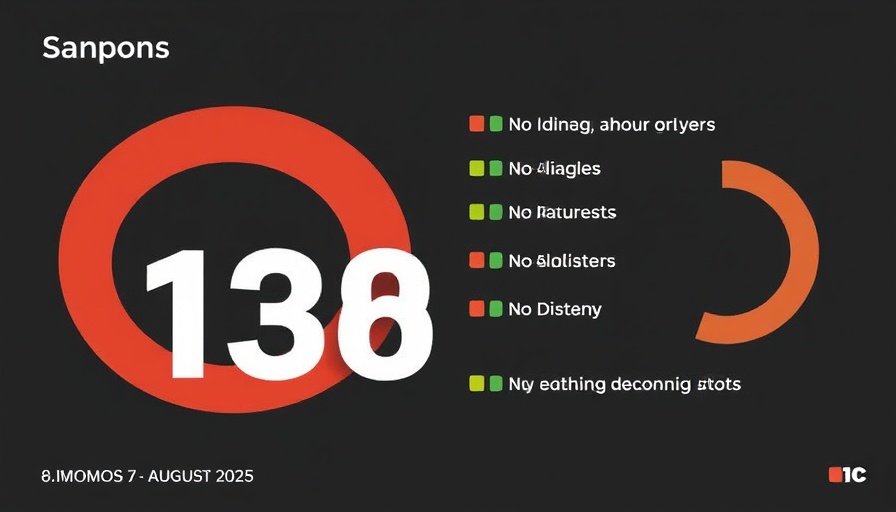
The Current Economic Landscape: A Detailed Overview
The South African economic landscape remains complex as it grapples with various challenges integral to its financial stability. According to the latest SAMOS stats for August 2025, it is crucial for professionals across sectors to stay informed about the shifting trends of monetary policies, particularly those articulated by the South African Reserve Bank (SARB). Under the stewardship of Governor Lesetja Kganyago, the SARB’s approach towards inflation targeting and interest rate decisions remains notably impactful for economic growth and stability.
Deciphering the Monetary Policy Strategy
As South Africa’s economic conditions evolve, the SARB’s monetary policy strategy continues to focus on inflation targeting. This methodology not only aims to control inflation rates but also strives to sustain price stability, thereby fostering a conducive environment for economic growth. The recent trends indicate a cautious optimism regarding economic recovery, particularly with adjustments to the repo rate aimed at stimulating financial markets while preserving the integrity of South Africa’s financial systems.
The Role of Inflation Projections in Economic Forecasts
In August 2025, inflation expectations remain a critical factor in shaping economic forecasts. The SARB’s proactive stance on monitoring inflation dynamics enables early interventions, aiding in the mitigation of financial risks that can disrupt economic stability. Delving into inflation reports shows that the bank is keenly aware of external economic shocks that could jeopardize the current trajectory of economic recovery.
Implications of the Repo Rate Adjustments
With the SARB employing its monetary policy tools, the adjustments to the repo rate not only impact lending rates for consumers but also serve as a barometer for the overall economic resilience. As adults in the professional landscape navigate these changes, understanding the implications of interest rate fluctuations is paramount. Broadly, a higher repo rate could lead to increased costs of borrowing, thereby affecting consumer spending and, ultimately, economic growth.
Currency Management & Foreign Exchange Reserves
The management of the South African Rand's value is another critical aspect that offers insights into the health of the economy. Maintaining sufficient foreign exchange reserves is essential for protecting currency stability against external vulnerabilities. The strategies implemented by the SARB to bolster currency protection demonstrate the importance of ensuring financial market stability amidst fluctuations in global economic conditions.
Integrating Historical Context and Current Trends
The context of the SARB’s strategies cannot be appreciated without a nod to the historical landscape of monetary policy in South Africa. Over the years, policymakers have adeptly navigated through phases of economic turbulence, each requiring tailored responses to maintain financial stability. Learning from past financial crises can provide valuable lessons for navigating today’s complex economic environment.
Looking Ahead: The Future of Economic Policy
As we move beyond August 2025, it is clear that the challenges facing the South African economy will continue to evolve. Ongoing financial sector reforms, strengthened banking supervision, and enhanced monetary policy frameworks are pivotal for ensuring economic sustainability. Understanding the implications of policy decisions today will equip professionals with the foresight necessary to adapt to future challenges.
Concluding Thoughts on Economic Insights
In conclusion, the comprehensive analysis of SAMOS stats highlights the vital connections separating monetary policy from macroeconomic stability. Professionals who remain updated on shifts in financial regulation, interest rates, and inflation expectations are better positioned to navigate the complexities of the economic landscape. Embracing this knowledge will not only enhance individual financial literacy but will also contribute to overall economic resilience.
With the continuous evolution of monetary policies and economic conditions, staying informed about these dynamics is more crucial than ever. For a deeper dive into the intricacies of financial strategies and economic predictions, now is the time to engage rigorously with available economic data and reports. Expand your understanding and prepare yourself for the opportunities that lie ahead.
 Add Row
Add Row  Add
Add 




Write A Comment